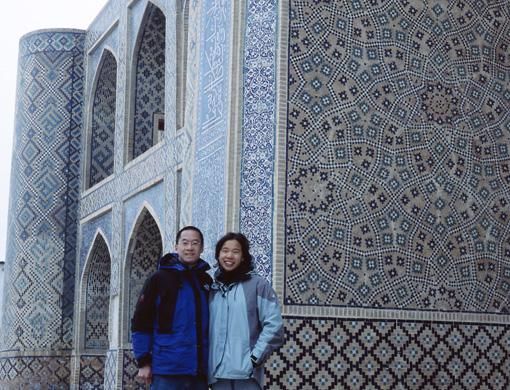Washington: Medieval Islamic artists came up with magnificently sophisticated architectural patterns using complex geometric concepts that were not understood by Western mathematicians and physicists until the late 20th century, scientists have found.
The revelations suggest Islamic culture was even more advanced than previously thought.
By the 15th century, decorative tile patterns on masterpieces of Islamic architecture reached such complexity that some boasted what seem to be "quasicrystalline" designs, Harvard University's Peter Lu and Princeton University's Paul Steinhardt wrote in the journal Science.
Only in the 1970s did British mathematician Roger Penrose become the first to describe these geometric designs in the West.
Quasicrystalline patterns comprise a set of interlocking units whose pattern never repeats, even when extended infinitely in all directions, and possess a special form of symmetry.
"It's absolutely stunning," Lu said in an interview. "They made tilings that reflect mathematics that were so sophisticated that we didn't figure it out until the last 20 or 30 years."
Mosques and other grand buildings erected by Islamic architects throughout the Middle East, Central Asia and elsewhere often are wrapped in rich, intricate tile designs setting out elaborate geometric patterns.
The research indicated that by 1200 an important breakthrough had occurred in Islamic mathematics and design. The patterns were created using a set of five temp-late tiles, the study found.
"This would be a hitherto undiscovered episode in the spectacular developments of geometry in Islamic lands ... achieved by artisans probably inspired by theoretical mathematicians," said Islamic art specialist Oleg Grabar.













